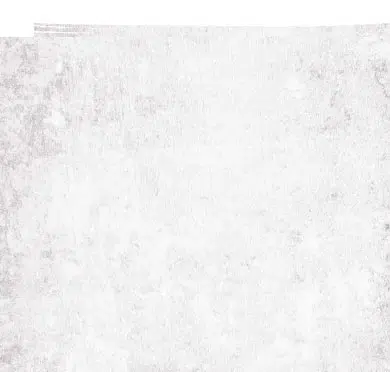Claustrophobia
[/kən’fʌɪnd/] n.Fear of confined spaces
The fear of confined spaces. Elevators, cars, and even tight clothing can bring on claustrophobia symptoms, leaving people short of breath, panicking and desperate to escape.

The fear of confined spaces. Elevators, cars, and even tight clothing can bring on claustrophobia symptoms, leaving people short of breath, panicking and desperate to escape.
Claustrophobia is no small problem. Across the world, 368,000 people search for it every year, a 22% increase compared to the year before. Throughout the COVID pandemic, more of us were trapped inside, making the fear of not being able to get out a very real problem.
There are more claustrophobics in the USA than anywhere else, with 110,000 people searching the term. Despite being a much smaller country, the UK saw 22,200 searches, while Canada picked up 12,100 and Australia only had 480.
Claustrophobia is classified as an anxiety disorder, and it’s estimated that anywhere between 5-10% of the world’s population suffers from it. Symptoms are regularly brought on by being in confined spaces, small rooms with locked doors, small cars or tight-fitting clothes. Sufferers can even panic during tight hugs when their movement is limited.
When faced with these situations, claustrophobics can suffer from things like dizziness, increased heart rates, headaches and fainting. It’s stimulated by the brain’s fight or flight response – if there’s even a sense of danger, it tells us to get out or panic trying. Thanks, brain.
Experts believe most cases of claustrophobia are caused by past traumas, such as being locked in your room as a child or trapped away from your parents. Because the cause is locked in your mind, treatment involves going in and releasing it.



